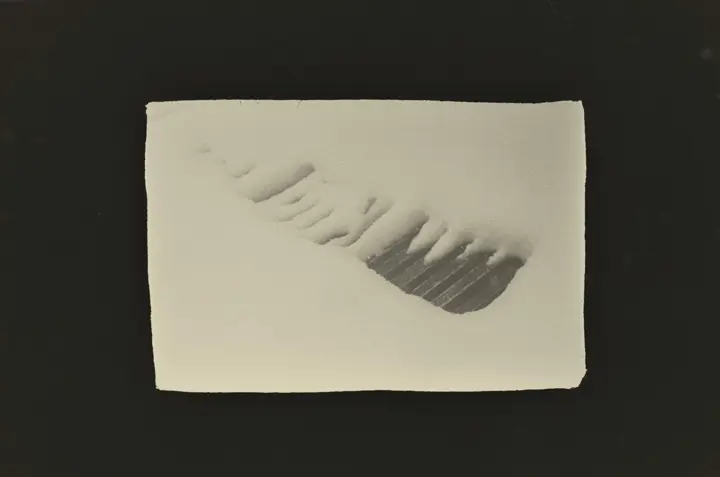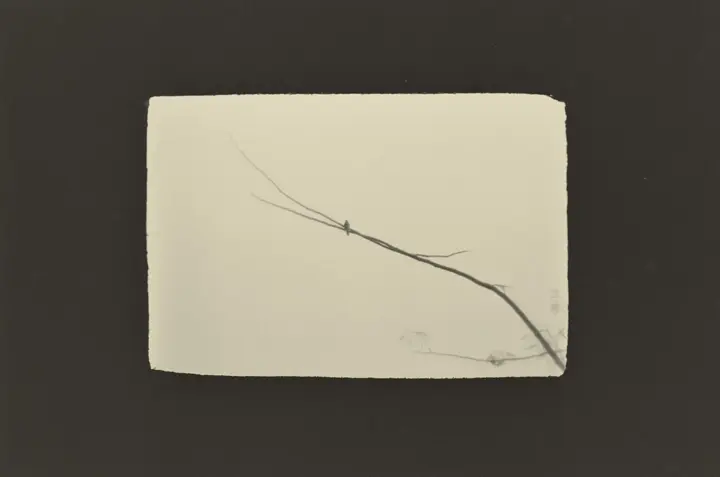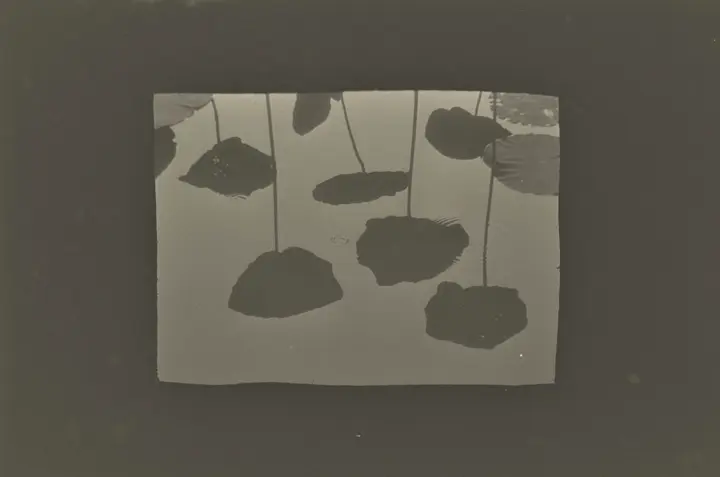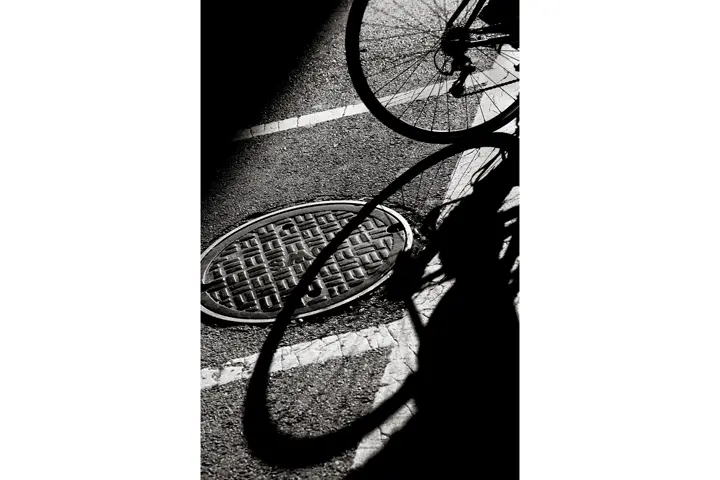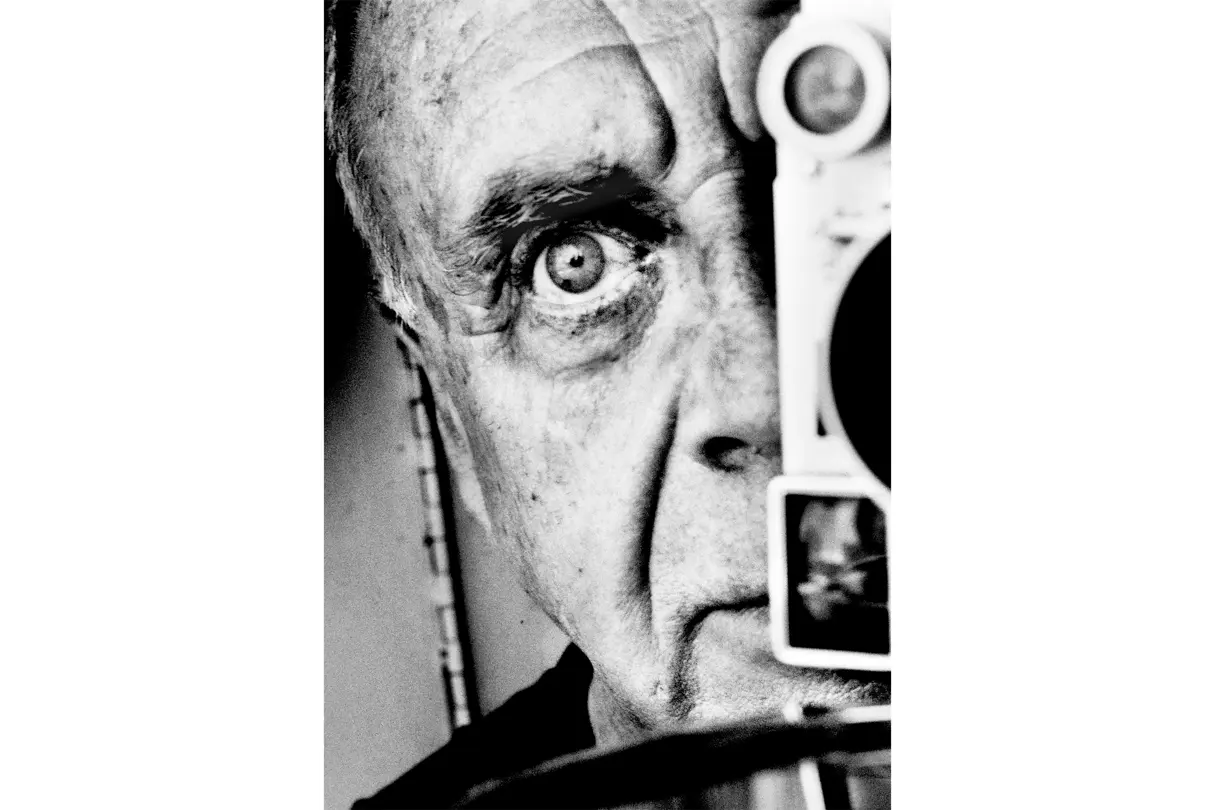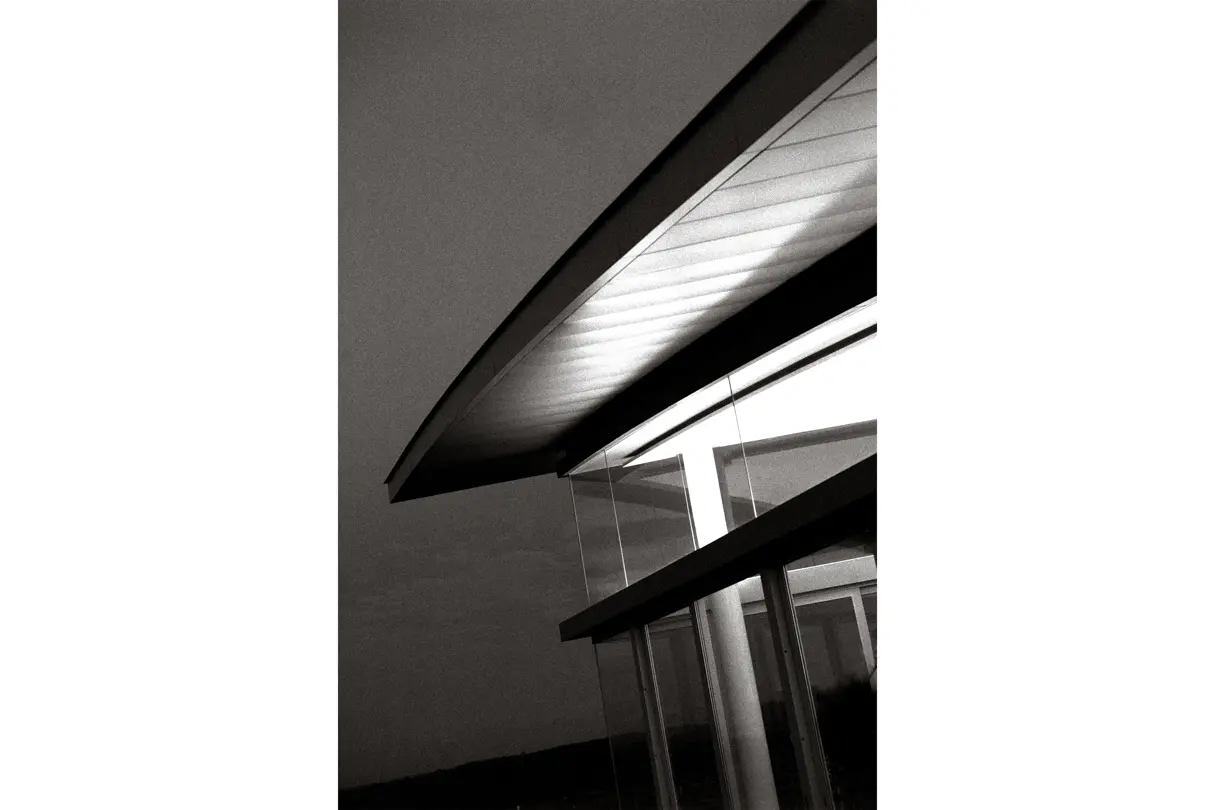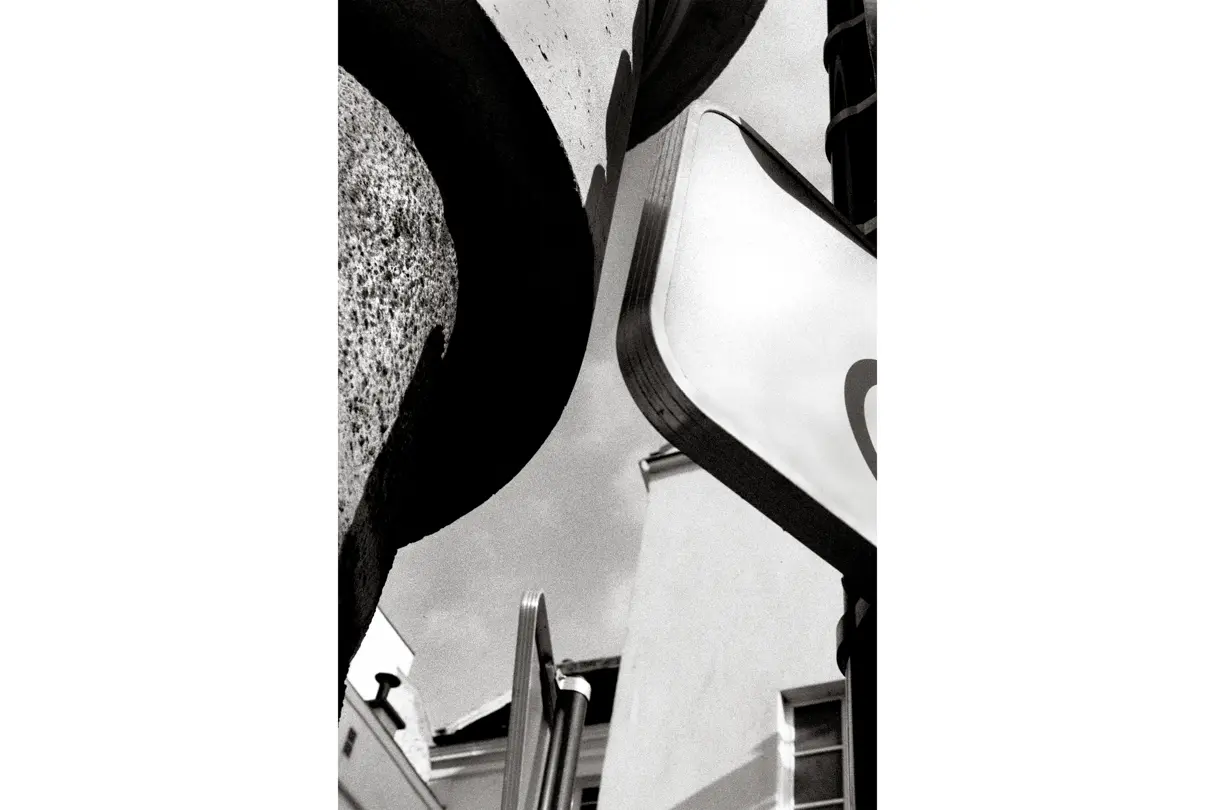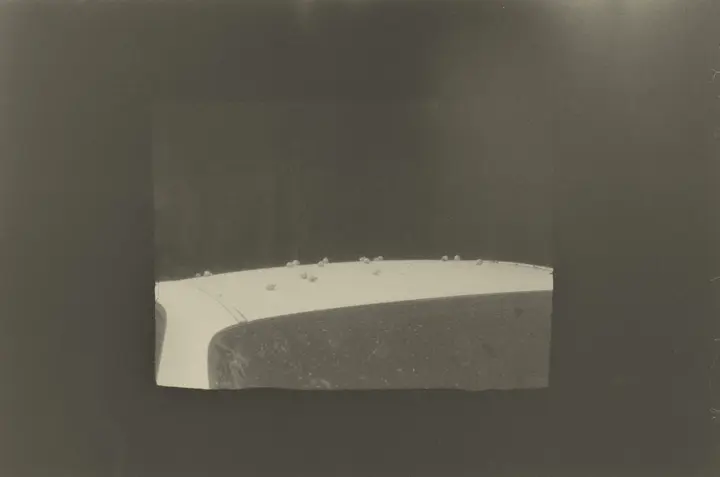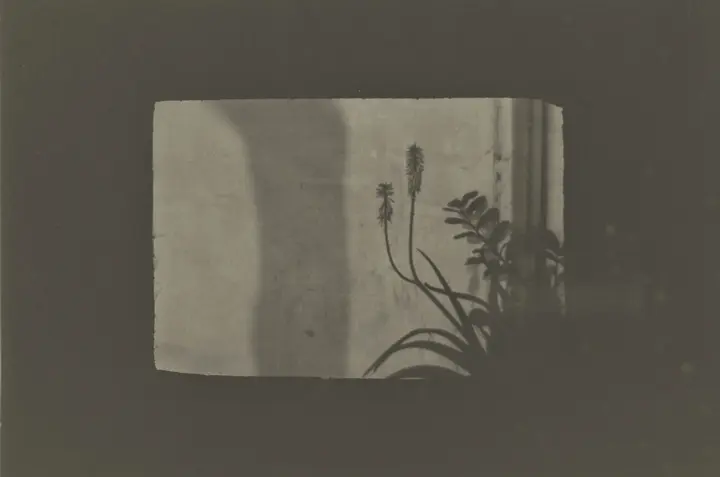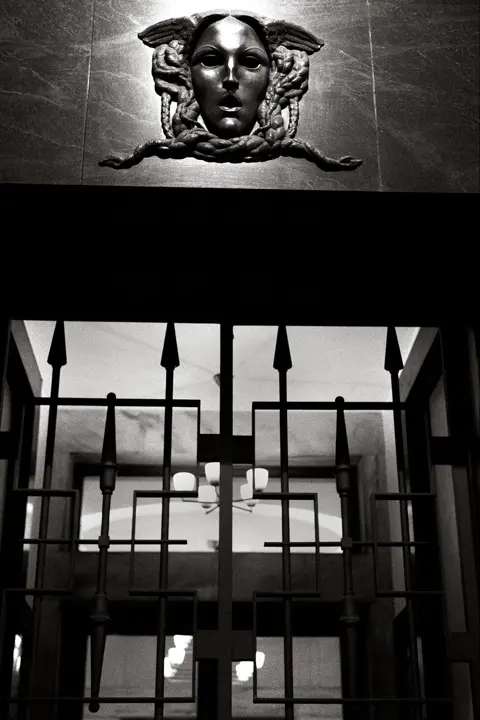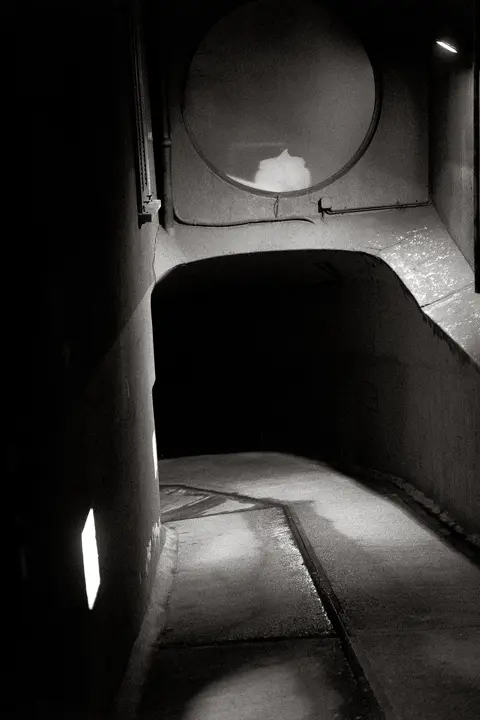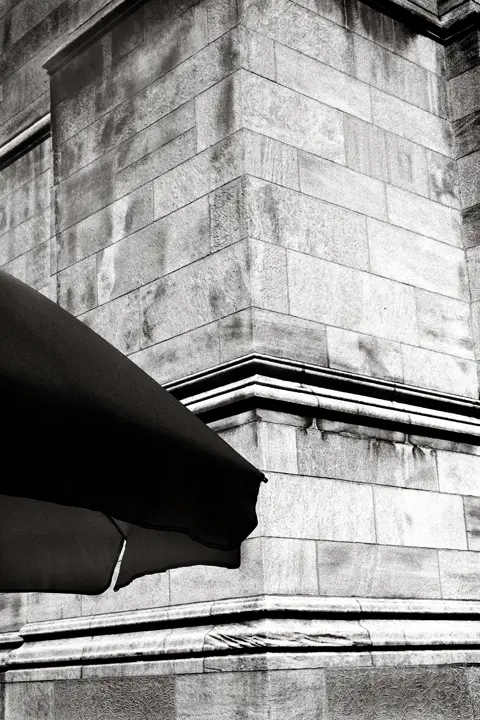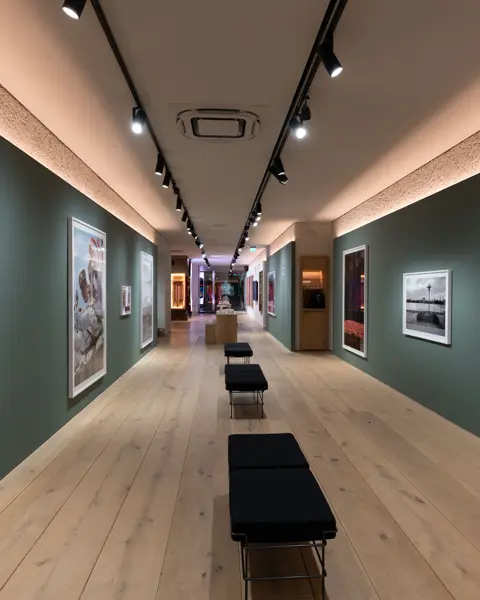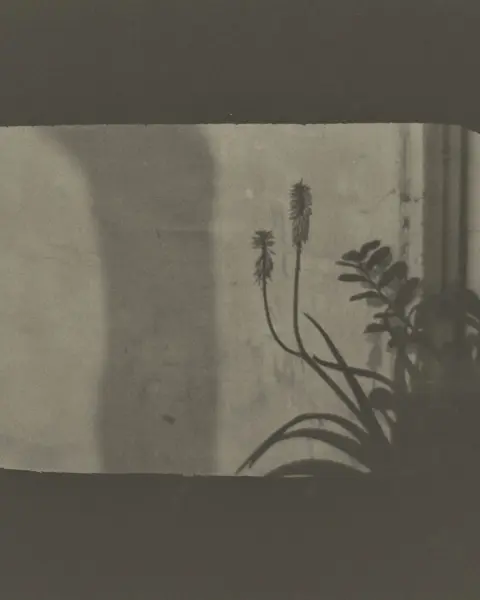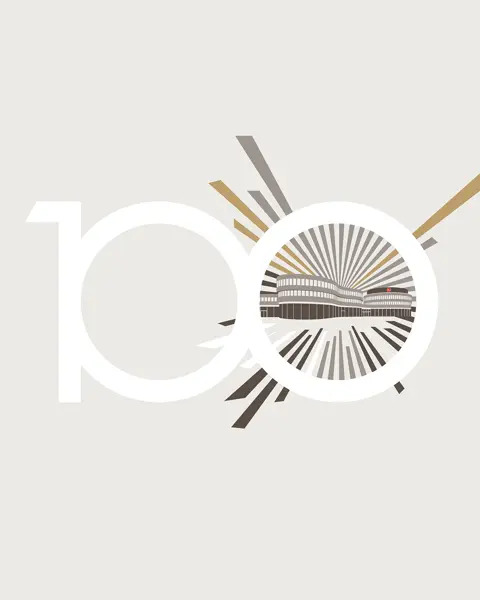In Conversation: Jing Huang and Ralph Gibson
© Jing Huang
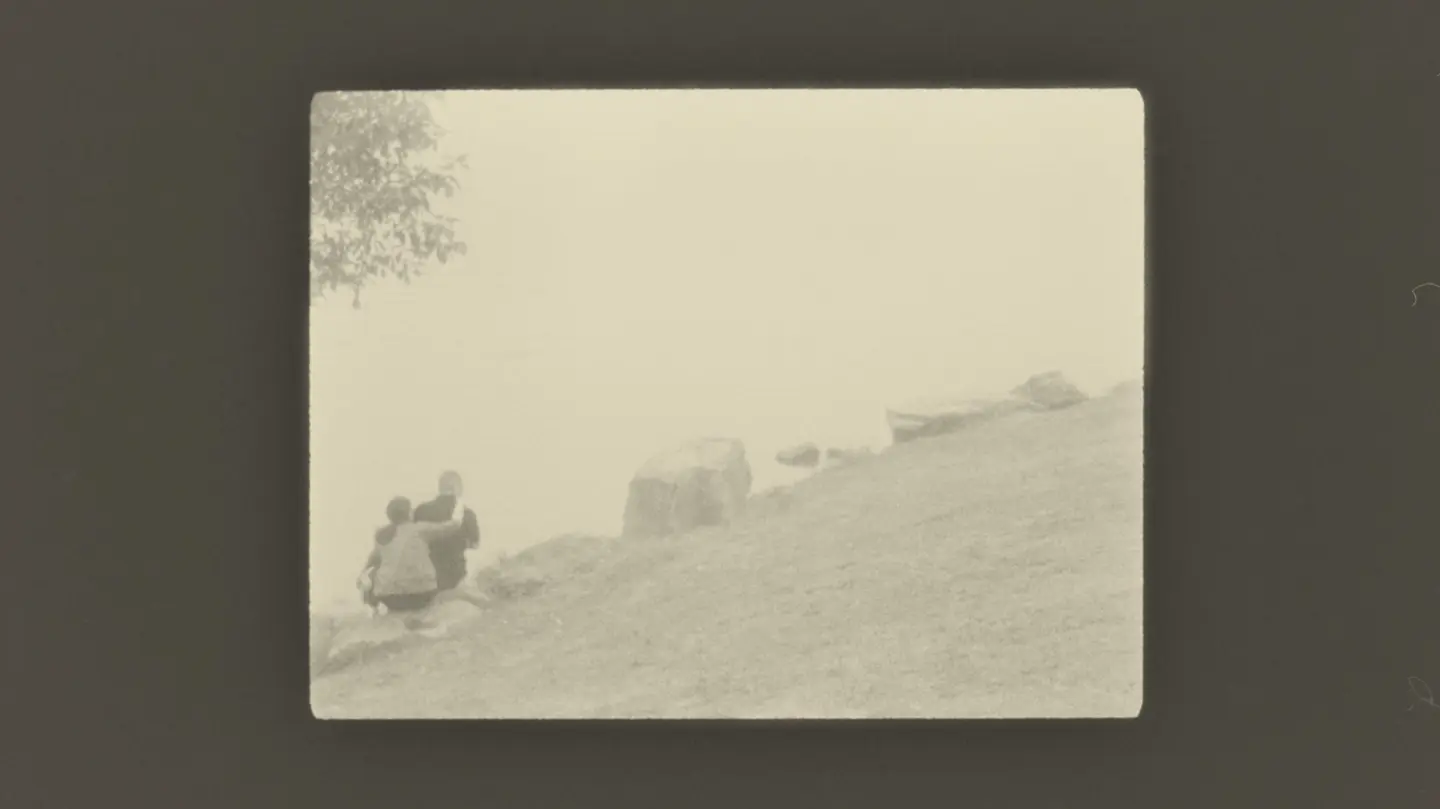
To mark Leica’s 100th anniversary, Jing Huang, winner of the Leica Oskar Barnack Newcomer Award in 2011, is engaging in a photographic dialogue with Leica Hall of Fame inductee Ralph Gibson. The two artists’ works will be on display at the Leica Gallery in Taipei from 10 July.
The Leica Galleries are continuing their series celebrating the 100th anniversary of the Leica I with an atmospheric juxtaposition that highlights the artistic approach of Leica photography: the photographic worlds created by Jing Huang and Ralph Gibson will come together at the Leica Gallery in Taipei. The works of the Chinese and American photographers stand out for their strong sense of formal beauty, rich textures, subtle grey tones, and a painterly quality.
100 years of Leica photography - what are your thoughts on this?
Jing Huang: First, it is a remarkable feat for the Leica camera brand to last for a hundred years. A hundred years ago, Leica made the camera small and portable, which changed the way of acquiring images, making it possible to capture them on-site, and ushered in the era of real-time image information dissemination. At that time, it could be said to be an innovation that changed the thinking of human society. Today, a hundred years later, smartphones and the Internet have taken over this work, and Leica began to transform more than 40 years ago and turning to the art of photography. Leica photography has become a unique art form in photography, an aesthetic form based on instant capture anytime, anywhere.
How has the work of LHOF winners influenced your work?
Many people say that Leica is only suitable for shooting report photography, but we can see many artistic photography works from the works of the LHOF winners. Or report photography with a strong artistic sense, which makes me more determined to find my style.
What is the subject matter/theme of your photographs that are being displayed in the exhibition?
This series doesn’t follow a defined theme—what I’m after is a kind of wandering unfamiliarity, an attempt to retain a childlike curiosity toward the world, to keep seeing it with fresh eyes.
The exhibitions are about a visual dialogue between two generations. How did you approach this theme?
It’s a true honor to have this dialogue with Master Gibson. He has been one of the key guides on my photographic journey—his passion for still life opened my eyes to a broader vision. In this conversation, I’ve paid special attention to the expression of still life, which subtly resonates with the Chinese traditional painting philosophy of “infusing emotion into objects”. Still life carries traces of human life, serving as vessels of mood and meaning. Yet, in terms of technique, my approach contrasts with Gibson’s: I employ a low-contrast effect closer to Chinese ink wash painting, hoping to offer viewers a more contemplative and layered experience.
What are the similarities or differences that become visible in this dialogue?
Since I studied painting in my early years, I paid more attention to the formal beauty in photographic works. Gibson’s works have a strong sense of painting, perfect block surface matching, and grayscale. Excesses, subtle changes in proportion, and grainy textures all make me happy, which attracts me more than the subject matter of the work. In this dialogue, I added elements of traditional Chinese art aesthetics and tried to bring them into photography.
Where do you get your inspiration?
Lately, much of my work has been intertwined with art history, so my approach has been shaped by the dialogue—and sometimes fusion—between Eastern and Western artistic sensibilities. I’ve found inspiration in interpreting Eastern art through the lens of Western visual language. On another note, becoming a parent has opened my eyes to the uniquely unfiltered perspective of a child. Their way of seeing has quietly become a vital wellspring of ideas for me.
Which camera did you use for photography and why?
My tool of choice is the Leica I. Though this camera is nearly a hundred years old, its reliability remains unquestionable. I'm particularly drawn to its compact form and intuitive handling. The zone focusing method it requires helps me maintain a deeper connection with my subjects - it's a beautifully simple way of seeing.
How do you think photography has changed in recent decades?
Photography has undergone radical transformations over the past century - cameras keep evolving with sharper resolution and smaller bodies, editing software proliferates, and now AI emerges as what some see as a fundamental challenge. But when we return to photography's most essential purpose, it remains a vessel for preserving our emotions. We experience moments, capture them with our cameras, and these photographs become more than mere messengers of information. They are conduits of memory and feeling.
Imagine this: if we didn't photograph our children growing up, and years later tried to recreate those lost moments with AI-generated images, could those synthetic pictures ever stir our hearts and memories with the same intensity?
What opportunities and challenges do you see for the future of photography?
I see opportunity in how photography has become more accessible - more creators joining the conversation, bringing an incredible diversity of perspectives and forms from around the world. There's a beautiful openness to this expansion.
Yet the challenge lies precisely in this abundance. To create meaningful work today requires deeper contemplation, cross-pollination with other disciplines, and above all, an authentic voice that can resonate through the noise.
What role do galleries play in the age of digital media, and specifically for your work?
In the past, galleries were the only window for artists to display their works, but now in the Internet age, more and more artists are choosing new ways to display their works, but I think galleries are still the best way. First of all, some places have been carefully considered, and the planned field, light, space, temperature, smell, etc., are all things that electronic interfaces cannot provide. Secondly, for viewers, gallery display can give them a relatively blank and clean period of time to gaze at the works.
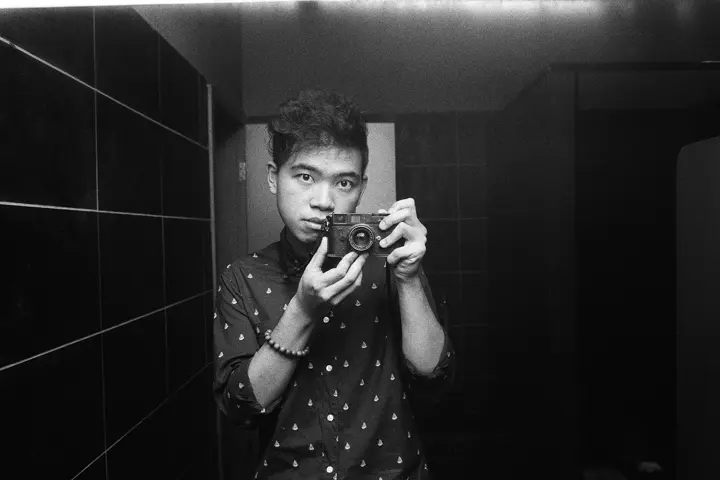
© Jing Huang
Jing Huang
Born in Guangzhou in 1987, Jing Huang now lives and works in Shenzhen. Huang studied photography at the Guangzhou Academy of Fine Arts, graduating in 2010. In 2011, he won the Leica Oskar Barnack Newcomer Award for his series Pure of Sight. His work has been showcased in exhibitions around the world.
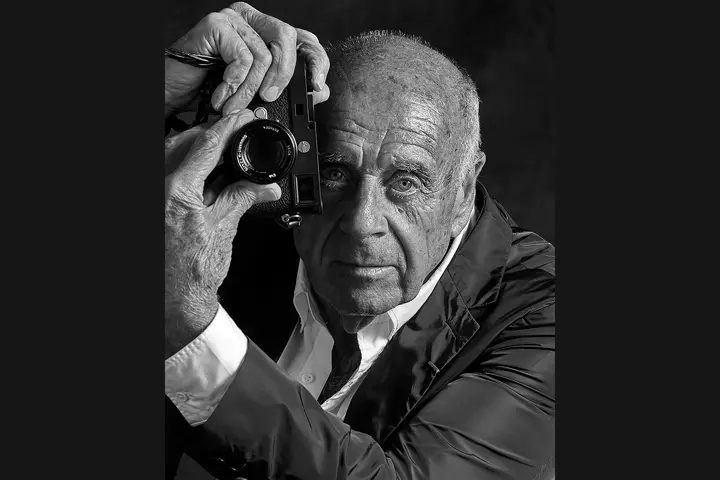
Ralph Gibson © Bob Tursack
Ralph Gibson
Born in Los Angeles, California, in 1939, Ralph Gibson studied photography in the U.S. Navy and, from 1960 to 1962, at the San Francisco Art Institute. He worked as an assistant to Dorothea Lange from 1961 to 1962 and to Robert Frank from 1967 to 1968. Gibson founded his publishing house, Lustrum Press, in 1969 and has since published over 40 monographs. His work is featured in major collections and museum holdings, has been exhibited internationally, and has earned him numerous accolades, including the Leica Medal of Excellence in 1988 and the French Order of Merit “L’ordre national de la Légion d’honneur” in 2018. He was inducted into the Leica Hall of Fame in 2021.
